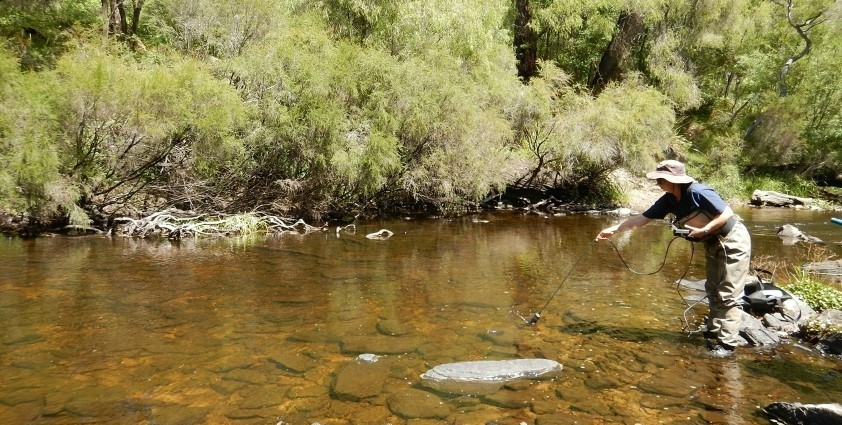The Department of Water and Environmental Regulation assesses and monitors water quality as an essential part of managing water resources and protecting the environment.
Water quality is regularly assessed in many rivers to understand how they function, what they need to survive and thrive, and to track how conditions are changing over time (seasonal changes and long-term trends). This information helps us to provide effective management actions.
We routinely assess temperature, conductivity, pH, dissolved oxygen, nutrient concentrations, and suspended solids, however we also look at a wide range of other variables to assess specific risks or impacts, such as changes due to development.
Contaminants of concern in our environment can be naturally existing chemicals that are released due to changes to water levels or disturbance of soil and sediments, or they can be produced or introduced from a wide range of industries. This includes contaminants such as herbicides and pesticides which are specifically designed to control target species but can be toxic to the plants and animals found in rivers.
Changes in water quality
Changes in water quality can have a detrimental effect on rivers. These changes can be straightforward, such as variations in temperature due to climatic changes, or they can be more complex, such as changes in oxygen due to effects on algae or bacterial growth.
For example, higher than natural levels of nutrients (eutrophication) can cause algae to grow to nuisance levels, resulting in algal blooms. Algal blooms can result in low oxygen conditions due to algae consuming oxygen during the night (respiration) or following the collapse of the bloom and decomposition of the dead algae by bacteria.
The impact to aquatic ecosystems from changes in water quality can be obvious, such as with fish kill events, however effects are often much less obvious, such as affects on growth and reproduction. These effects can easily go undetected and have long term effects on river and estuarine health.
Accessing local water quality data
Water quality data collected on our rivers, streams, lakes, wetlands and groundwater systems is available via our Water Information Reporting tool.
This data is used in our water allocation planning and water licensing. Water requirements of the environment are the first consideration when planning water allocations, which includes understanding requirements to maintain water quality within the ranges needed to support biodiversity and related ecosystem functions.
Our Healthy Rivers program is one of the ways we determine the water needs of our waterways, where water quality data are collected with a wide range of other parameters to understand links.
Community members and regional bodies are encouraged to access available data to learn about the quality of the water in their area. The website is intended to provide an indication of the quality of the water in a stream or river, for those who do not require the actual dataset.



